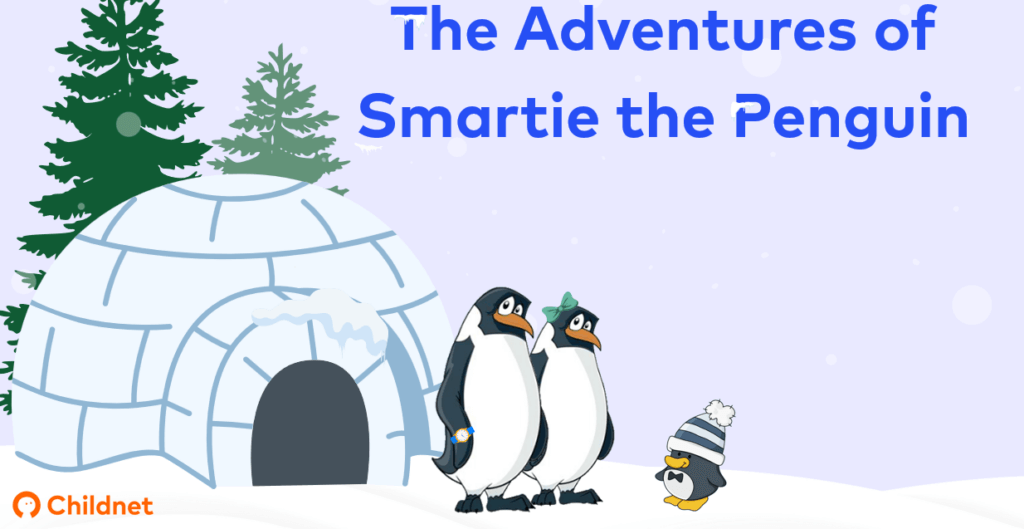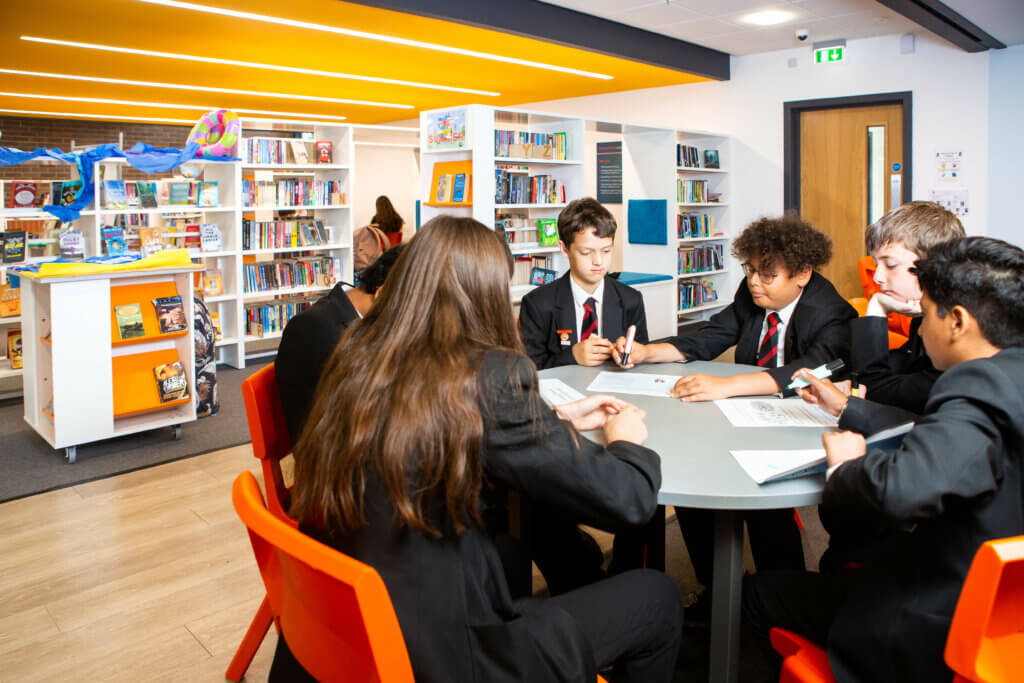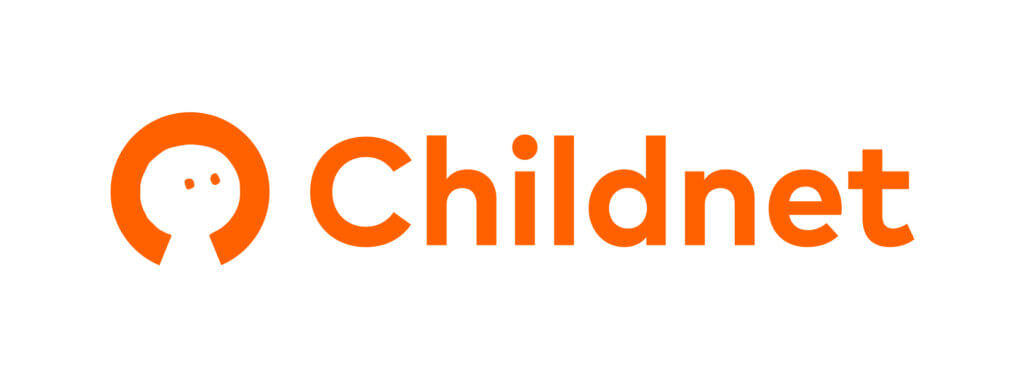
At Childnet, we know the importance of starting conversations about online safety as early as possible. Since their launch over 10 years ago, the stories of Smartie the Penguin have been helping educators, parents and carers introduce key messages to 3-7 year olds. Now the Education Team have given the stories a fresh new look and updated scenarios to ensure they are as relevant as ever.
Who is Smartie the Penguin?
Smartie the Penguin is the central character in the six stories in The Adventures of Smartie the Penguin and he is very excited about being online! Smartie receives a new tablet for his birthday, but encounters some tricky situations throughout the different stories.
Children are given time to chat about the different scenarios and help Smartie make the right choice. The main message of the stories is to encourage children to tell a trusted adult about any problems they encounter online, no matter the issue.
What’s changed in the new updates?
Smartie has been around for many years and has always been popular with teachers and children. However, due to the ever changing online world, the stories were in need of an update.
The Childnet team work with young people and schools on a regular basis, where current risks and issues are often highlighted to us. These have been incorporated into the new Smartie stories, to ensure the content is relevant and up to date for the young people reading them. There have also been some amazing design updates.
How can I use the stories?
The stories can be used in both an educational and home setting. They can be used to spark discussions around online safety and life online. In every story, there is a catchy song for the children to learn which can help them remember what to do if worries them online.
Educators could incorporate the stories into their curriculum and the stories are differentiated into different year groups. Smartie the Penguin can also be used in a spiral curriculum and revisited every year from EYFS to the end of Key Stage One, to build on prior knowledge and previous learning.
The song contains many words which can be spelt phonetically, therefore giving children the opportunity to write the lyrics on posters to display in the classroom. Other opportunities could be reciting the story using role play or puppets, creating a dance routine to the song or even having a go at creating their own online safety rap or song.
What other resources are available to support younger children with online safety?
Digiduck – The Digiduck series consists of 5 stories designed for children aged 3-7. Each story follows Digiduck as he explores the online world. They aim to cover the most common risks that early internet users might come across online, or the mistakes that they are likely to make.
Hanni and the Magic Window – Hanni and the Magic Window is a beautifully illustrated story, which discusses online safety without featuring any technology at all. Instead of a device, the online world is represented through a magical window that allows Hanni to see some amazing things. One day, she is upset by something she sees in the window and she talks to a trusted adult at school.
Learn to Read – The Learn to Read book is designed to be an online safety story children can have a go at reading themselves with the help of an adult. There are a large number of words in the book that can be read phonetically. The book discusses all of the wonderful things we can do online, while also giving advice about what to do if any issues were to occur.


